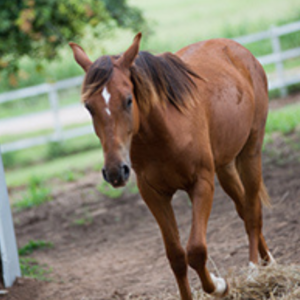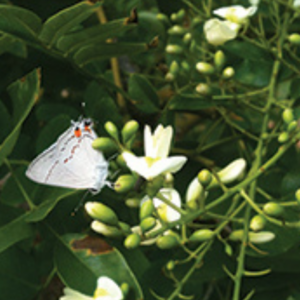The Last Great Race on Earth
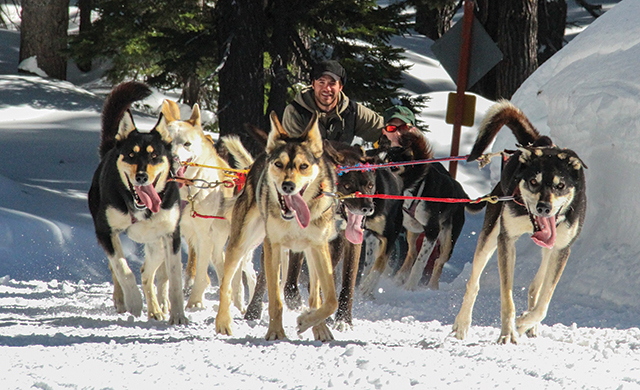
In the frigid Alaskan air, the
sound of a dog sled team mushing through the snow may be the only noise in a
land covered in silence and cold. Edmond native Patrick Beall says nothing exists that is quite as pure as traveling over 1,000 miles in the wild lands of Alaska with a team of dogs as your only companions in wide open vistas of one of America’s last wild places. In 2015 or 2016, Patrick will join intrepid explorers and racers from the past as he attempts his first shot in one of the longest and most grueling races known to man—the Iditarod.
The Iditarod Trail Sled Dog Race
is a long-distance sled dog race which is run in early March from Anchorage to
Nome, Alaska. Mushers take a team of 16 dogs on the race to cover 1,049 miles
in 9 to 17 days. Started in 1973, The Iditarod now lures in more than 50 racers
and is known as the “last great race on Earth.”
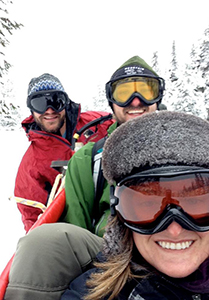 Patrick, 24, felt the call of
Patrick, 24, felt the call of
the wild when he was learning about the Iditarod in grade school at Cross
Timbers Elementary in Edmond. The attraction to the race remained with him
after his graduation from Edmond North High School and from the University of
Oklahoma in 2011. His soul belonged to the outdoors, and he promised himself he
would spend as much of his life as he could working, living and playing in the
open air.
“I’ve always loved the outdoors,
and when I got out of college, I decided to do everything I could to stay
outside,” he said. Everything included helping South Americans set up a bird
research field site in Lawton and working as a logger and tree climber in
Maine. “I wanted to stay outside as long as possible.”
Upon returning to Oklahoma,
Patrick got a job offer from a local oil company, but instead took less pay to
join Living Lands & Waters, a nonprofit with the mission of cleaning up
rivers in America. Living on a barge on
the Mississippi River, Patrick was back in the open air, this time traveling
from Tennessee to Minnesota on the Ol’ Man river. “I loved it,” he said. “I
left in 2012, because someone said I should work at a lodge in Alaska.”
Following the currents of the
wind, Patrick packed up for Bettles Lodge in Bettles, Alaska, where he worked
as an outdoor guide, helped field planes in, set up hunter camps and more. He
also got his first chance to work with the famous Alaskan sled dogs.
“Working with the dogs rekindled
my interest in the Iditarod,” Patrick said. “I thought, That would be so wild, so
cool. The lodge had 10 sled dogs and I volunteered to care for them. I taught
myself mushing.”
Mushing, or working with a sled
dog team, isn’t an 8-to-5 job—it’s 24 hours a day. But those days brought
Patrick into the pack and gave him a passion for working with animals that are
more wolves than hounds. “It’s a lifestyle, not a job. You never stop working.”
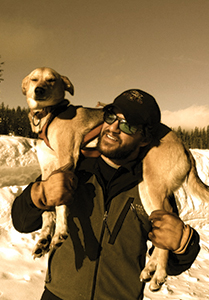
The dream of racing the Iditarod
took an icy hold of Patrick, and he knew that if he wanted to race, he would
need to return to Alaska. He had met Dallas Seavey when he lived in Alaska, and
he knew that the Iditarod winner was who he needed to contact.
In 2012, Dallas Seavey was the
youngest musher to win the race and is the third generation in his family to
race. Mitch Seavey, Dallas’ father, won in 2004 and 2013, and Dan Seavey, Dallas’
grandfather, was one of the organizers of the first races. While Dallas was the
youngest musher to win the race, his father was the oldest when he won in 2013
at the age of 53.
“I called and bugged him until
he told me to come out,” said Patrick. “He wanted a guy to help him with dog
training and to get me in as a puppy team. We do 200- and 300-mile practice
runs together, and once the season progresses, we’ll put more miles on the
dogs. These dogs are amazing—they run thousands of miles a year.”
The training is endless. Patrick
currently helps train the puppies to start working as a team and on a harness.
Although he isn’t able to qualify for the 2014 Iditarod, he plans to race in
either 2015 or 2016 as a B Team for Seavey.
“I love the dogs so much, and I
love the sport,” he said. “There is nothing like being in the middle of nowhere
in the dead quiet with just me, the dogs and nature. Life is never as pure as
when you’re running the teams. The dogs are almost wolves; they are Alaskan
huskies—specialized mutts bred and evolved for racing.”
For Patrick, life couldn’t be
any better. “I never regretted my decision, not once,” he said. “I don’t make
much money, but I’ve lived in the most beautiful places and I’ve met amazing
people. I have endless opportunities to be outside.”
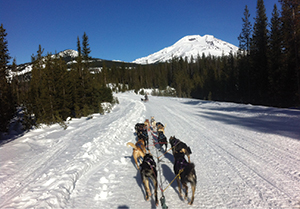 In a few years, Patrick will be
In a few years, Patrick will be
among the mushers covering over 1,000 miles in the coldest weather possible.
The freezing temperatures and the ice in his beard won’t bother the Oklahoma
native. “Part of the reason I do this is that I’m infatuated with battling the
elements—putting my mind and body to the test,” he said. “I love the way my face
and beard feel with ice on it—it helps me remember why I’m here.”
To help support Patrick’s race to the Iditarod
or to learn more about the dog sled race, contact Patrick Beall at
pabeall1989@gmail.com.
